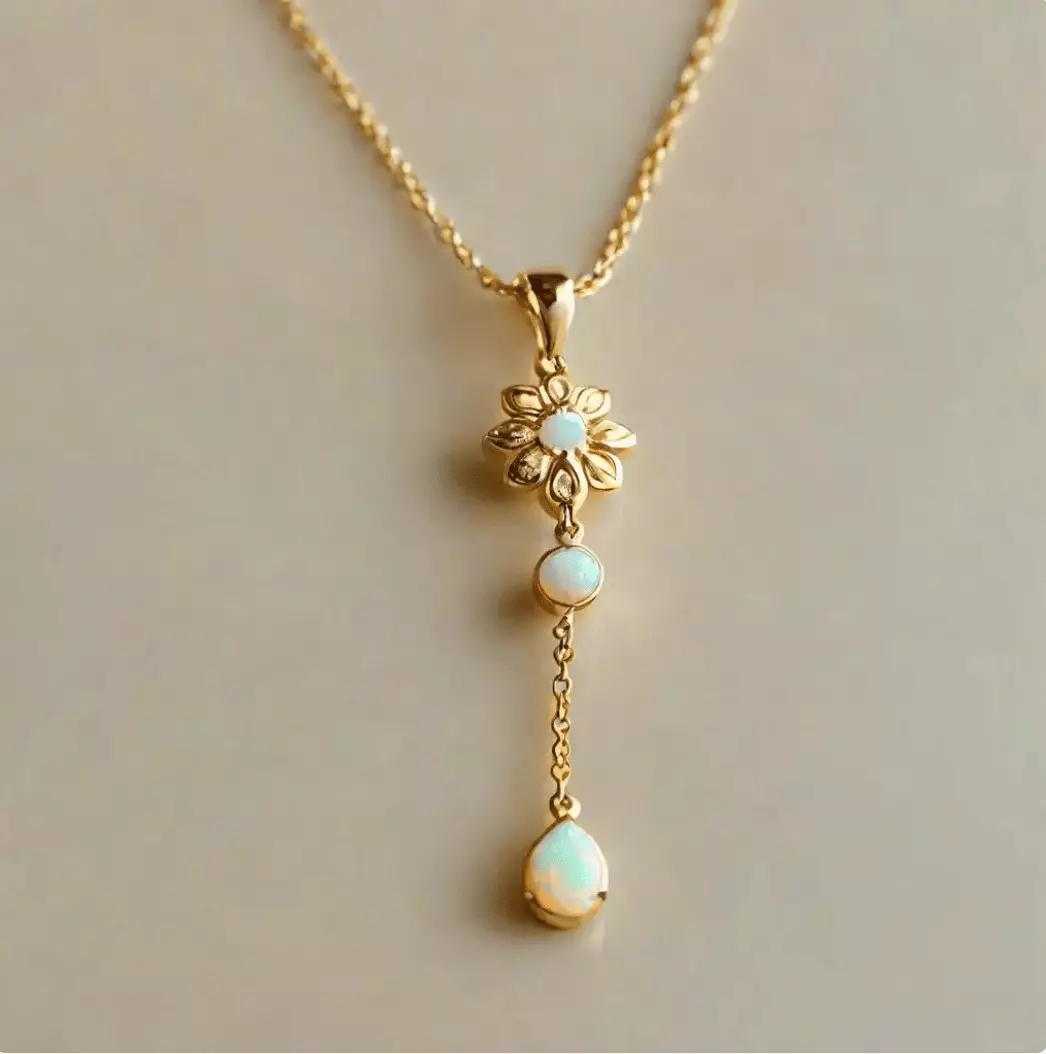The landscape of personalized jewelry is undergoing a transformative shift, largely influenced by integrative technology and grassroots creativity. At the forefront of this movement is Mariam Naficy, a prominent figure in the world of e-commerce, known for her successful initiatives such as Eve and Minted. Naficy’s latest undertaking, Arcade AI, is capturing the attention of creative minds and jewelry enthusiasts alike by combining generative artificial intelligence with artisanal craftsmanship. This article delves into the innovative aspects of Arcade AI, its unique approach to personalized designs, and the implications for the jewelry industry.
Arcade AI introduces a groundbreaking concept that empowers its users—dubbed “Dreamers”—to participate actively in the creation of their jewelry designs. The platform operates as a generative AI marketplace that provides users with tools to translate their ideas into tangible products. With a focus on simplicity and user-friendliness, the design process begins with Dreamers entering their concepts into an AI generator, which utilizes advanced models to craft a variety of jewelry styles—including necklaces, bracelets, rings, and more—tailored to their specifications.
Upon selecting a design that resonates with their aesthetic, the crafted idea is handed off to skilled artisans who convert these digital designs into actual products using various materials, from gold to gemstones. The collaborative nature of Arcade AI brings together technology and human craftsmanship, resulting in unique pieces that reflect individual styles and preferences.
I had the opportunity to explore the Arcade AI platform, entering my own preferences and desired materials into their AI generator. This part of the process was particularly engaging; the generator’s ability to synthesize my input into visual representations allowed me to witness my concepts evolve. For example, I speculated that my love for opals and floral designs would be well-represented. The result was a charming gold necklace adorned with opals—a piece that beautifully encapsulated my personal taste.
The efficiency of the service was commendable, as I received video updates showcasing the progress of my piece, allowing for real-time engagement. The integration of technology not only streamlined the design process but also fostered a sense of anticipation and excitement as I awaited the delivery of my custom piece.
However, the journey of creating personalized jewelry isn’t without its challenges. During my experience, I noted several limitations within the AI generator. For instance, while attempting to integrate multiple charms into a single design, the generator struggled to accommodate my vision, demonstrating the nascent state of this technology. Moreover, the complexity of certain requests, such as sophisticated geometric designs, proved to be beyond the AI’s current capabilities.
Recognizing these limitations, Naficy has expressed intent to enhance the AI’s functionality. The introduction of a “magic editor”—an editing tool that will enable users to refine their designs further—is on the horizon, promising to simplify the process of creating intricate jewelry. This iterative improvement reflects a commitment to user experience and optimization, ensuring that the platform evolves alongside its users’ needs.
While the allure of custom-designed jewelry is undeniable, potential buyers must navigate the associated costs. Arcade AI’s pricing structure can range significantly based on design complexity, with simpler pieces starting at around $100 and intricate designs exceeding $1,000. Despite the price points being typical for custom jewelry, they may still pose a barrier for some users. Nonetheless, Arcade AI’s unique proposition lies not solely in selling products but also in inviting users to engage in the creative process, regardless of whether they ultimately purchase their designs.
For those unable or unwilling to make a purchase, the concept of “Dream Boards” allows anyone to enjoy the thrill of creation and share their concepts with the Arcade AI community. This feature aligns with Naficy’s vision of making creativity accessible and enjoyable, further promoting an engaging environment for collaboration and inspiration.
The introduction of AI-generated designs raises pertinent questions regarding intellectual property and the potential impact on conventional jewelry designers. Concern exists among artisans about the risks of their unique designs being replicated through AI algorithms, thereby undermining their craft. However, Naficy has sought to foster a sense of collaboration with artisans by emphasizing how the platform can enhance their business opportunities rather than diminish them.
She notes that many artisans have embraced the technology, recognizing the potential for increased consumer engagement and expression. By establishing safeguards to prevent exact replications of designs, Arcade AI aims to cultivate a respectful and symbiotic relationship between technology and traditional craftsmanship.
With a financial backing of $17 million from notable investors, Arcade AI has the resources to expand its offerings further into various categories beyond jewelry. This strategic growth could see the platform catering to apparel, accessories, and more, placing it in competition with other creative marketplaces. As it develops, Arcade AI plans to introduce community-building features, ultimately enhancing the interactive experience for both creators and consumers.
Arcade AI stands on the brink of redefining personalized jewelry by melding technology and artistry. Its commitment to user empowerment positions it as an innovative player in the market, successfully paving the way for a new wave of creativity in personal adornment. This amalgamation of AI and craftsmanship not only offers users unique jewelry but also fosters a vibrant community of creators, dreamers, and artisans alike.

